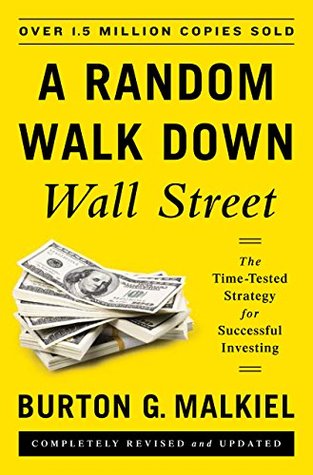More on this book
Community
Kindle Notes & Highlights
Read between
May 21 - June 23, 2024
The firm-foundation theory argues that each investment instrument, be it a common stock or a piece of real estate, has a firm anchor of something called intrinsic value, which can be determined by careful analysis of present conditions and future prospects.
The castle-in-the-air theory of investing concentrates on psychic values. John Maynard Keynes, a famous economist and successful investor, enunciated the theory most lucidly in 1936. It was his opinion that professional investors prefer to devote their energies not to estimating intrinsic values, but rather to analyzing how the crowd of investors is likely to behave in the future and how during periods of optimism they tend to build their hopes into castles in the air. The successful investor tries to beat the gun by estimating what investment situations are most susceptible to public
...more
The key to investing is not how much an industry will affect society or even how much it will grow, but rather its ability to make and sustain profits.
Technical analysis is the method of predicting the appropriate time to buy or sell a stock used by those believing in the castle-in-the-air view of stock pricing. Fundamental analysis is the technique of applying the tenets of the firm-foundation theory to the selection of individual stocks.
A rational investor should be willing to pay a higher price for a share the larger the growth rate of dividends and earnings.
A rational investor should pay a higher price for a share, other things equal, the larger the proportion of a company’s earnings paid out in cash dividends or used to buy back stock.
A rational (and risk-averse) investor should pay a higher price for a share, other things equal, the less risky the company’s stock.
A rational investor should pay a higher price for a share, other things equal, the lower the interest rates.


